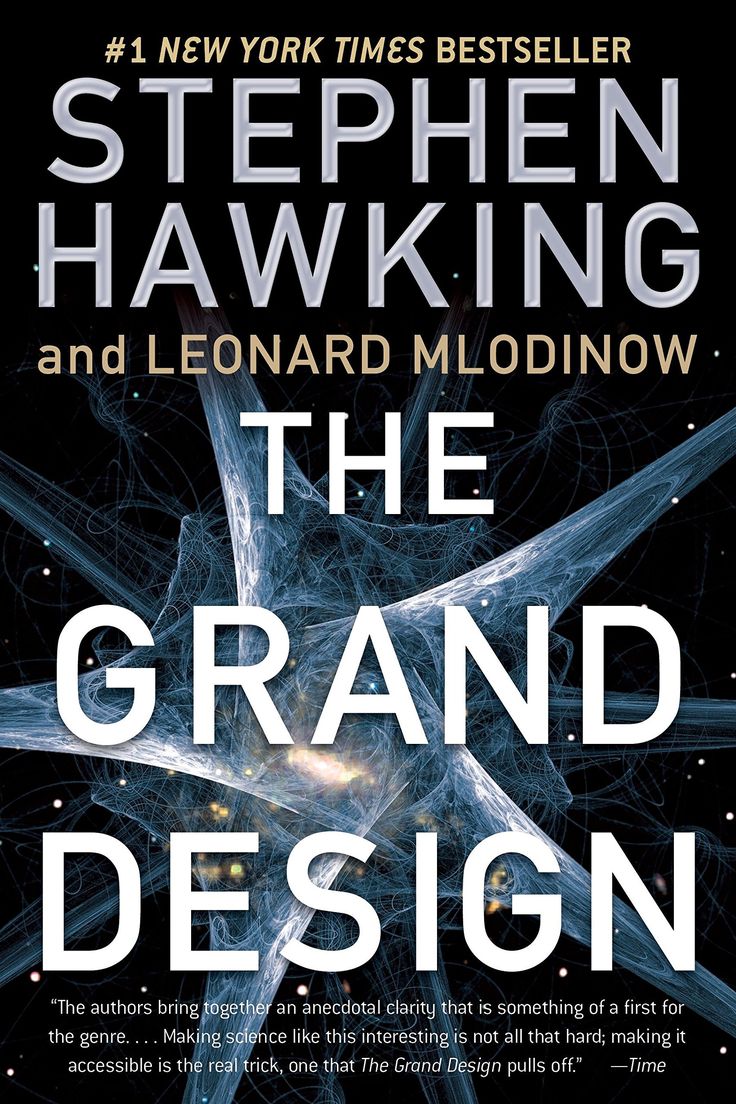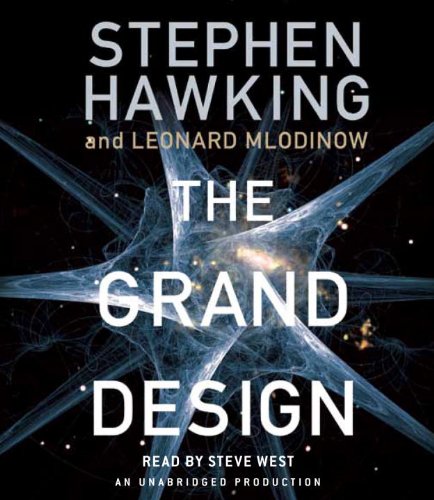
In fact, in some cases individual objects don't even have an independent existence but rather exist only as part of an ensemble of many. For example, according to the principles of quantum physics, which is an accurate description of nature, a particle has neither a definite position nor a definite velocity unless and until those quantities are measured by an observer. Though realism may be a tempting viewpoint, what we know about modern physics makes it a difficult one to defend. This provides a framework with which to interpret modern science. Instead we adopt a view that we call model-dependent realism: the idea that a physical theory or world picture is a model (generally of a mathematical nature) and a set of rules that connect the elements of the model to observations. These examples bring us to a conclusion: There is no picture- or theory-independent concept of reality. (Watch TIME's video "Herschel: The Telescope for Invisible Stars.") The real advantage of the Copernican system is that the mathematics is much simpler in the frame of reference in which the sun is at rest. As in the case of the goldfish, one can use either picture as a model of the universe. So which is real? Although it is not uncommon for people to say Copernicus proved Ptolemy wrong, that is not true. It was not until 1543 that an alternative model was put forward by Copernicus. Ptolemy's model of the cosmos was adopted by the Catholic Church and held as official doctrine for fourteen hundred years. This model seemed natural because we don't feel the earth under our feet moving (except in earthquakes or moments of passion). Ptolemy published his work in a treatise explaining reasons for thinking that the earth is spherical, motionless, positioned at the center of the universe, and negligibly small in comparison to the distance of the heavens. 165) to describe the motion of the celestial bodies. (See "Mankind's Greatest Explorations and Adventures.")Ī famous example of different pictures of reality is the model introduced around A.D. Their laws would be more complicated than the laws in our frame, but simplicity is a matter of taste. Nevertheless, the goldfish could formulate laws from their distorted frame of reference that would always hold true. For example, due to the distortion, a freely moving object would be observed by the goldfish to move along a curved path.

The goldfish view is not the same as our own, but goldfish could still formulate scientific laws governing the motion of the objects they observe outside their bowl. But how do we know we have the true, undistorted picture of reality?

The measure's sponsor explained the measure in part by saying that it is cruel to keep a fish in a bowl with curved sides because, gazing out, the fish would have a distorted view of reality. Follow few years ago the city council of Monza, Italy, barred pet owners from keeping goldfish in curved bowls.


 0 kommentar(er)
0 kommentar(er)
